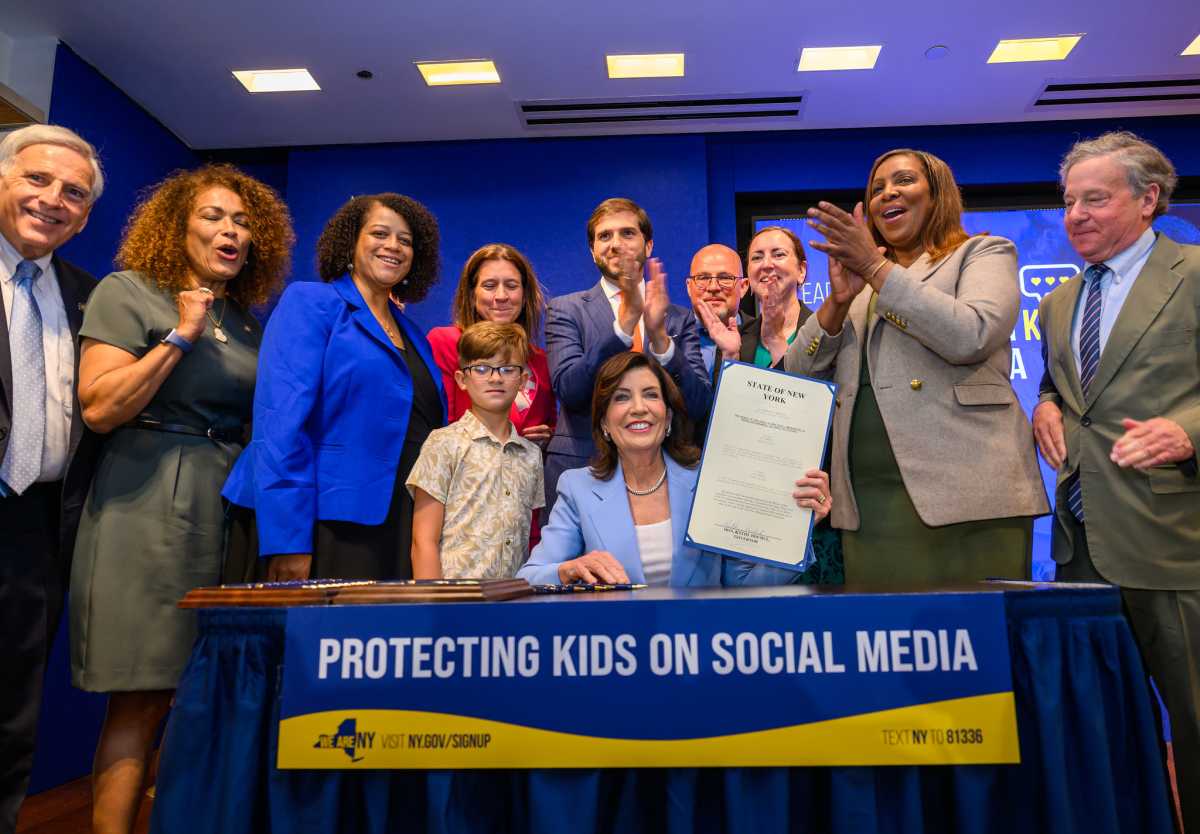
BY GREG B. SMITH, THE CITY | This story was first published on Sept. 26 by The City. Mayor Bill de Blasio often boasts of his “robust” effort to eradicate lead poisoning in public housing, but a new report shows the city failed to check thousands of private apartments where nearly 12,000 children had elevated levels of lead in their blood.
A report released by City Comptroller Scott Stringer found that, from 2013 through October 2018, the city Health Department was aware that 11,972 children registered blood-lead levels that the federal Centers for Disease Control says should warrant and inspection.
The CDC toughened its standard for flagging lead-poisoning risks in 2012. But city health officials refused to adopt the new CDC standard and instead stuck with a much higher threshold until last year.
Because of the delay, they did not pass this information on to city housing inspectors to perform a lead test in the nearly 10,000 apartments where these endangered children lived.
That included 503 buildings where three or more children had registered 5 micrograms of lead per deciliter of blood, the level the CDC says should require an automatic environmental investigation of the apartment where the child lives.
“This is about the mayor’s office doing the obvious and getting these inspections done,” Stringer said at a press conference announcing the lead report in his Lower Manhattan office.

‘Crucial Opportunities’ Missed
This problem mirrors the same lapse already exposed at the New York City Housing Authority, where health officials ignored the CDC standard and didn’t trigger inspections for NYCHA apartments that housed more than 1,000 children with elevated blood levels between 2012 and 2017.
Stringer said his investigation showed that city agencies “missed crucial opportunities to protect children from the immense harms associated with lead exposure.”
The findings demonstrate “a clear failure by the city to leverage its own data related to lead exposure and utilize that data to precisely and methodically inspect buildings and areas most likely to pose a threat to children,” the report states.
The comptroller’s office looked at health department blood lead data going back to the Bloomberg administration and continuing through 2018 in the de Blasio administration, when the NYCHA lead scandal forced the Health Department to begin adopting the CDC’s 5 microgram standard.
On top of NYCHA’s already exposed failures, the lack of triggered inspections in private apartments further undermines de Blasio’s repeated assertions that his administration has made an aggressive effort to reduce lead exposure in children.
Lead-Affected Kids Likely Undercounted
In July 2018, de Blasio announced the Department of Health and Mental Hygiene would start applying the CDC’s 5 microgram standard to private sector apartments as the threshold that would trigger an investigation.
Until then, it had been relying on the far more conservative 10 microgram standard for children under 6 and a 15 microgram standard for children 6 to 18 years old.
In a press release announcing the change, the mayor’s office stated the adoption of the CDC standard “will significantly expand the city’s robust lead prevention programs.”
The release made no mention of the fact that the city hadn’t tested private sector apartments housing thousands of children the Health Department knew had registered elevated blood-lead levels.
In his 28-page report, Stringer argued that the Health Department’s refusal between 2012 and 2018 to embrace the CDC’s standard contradicted its oft-stated promise to eliminate lead exposure for all New York City children.
“The city’s stated goal was the elimination of child lead exposure and it had powerful tools available — including relevant data in DOHMH’s possession — that it failed to use,” Stringer’s report asserts.
The comptroller’s investigation also disclosed that the percentage of children in New York City who should have been tested for elevated blood-lead by age 3, as required by state law, but weren’t has been rising steadily over the last decade.
In 2007, the city achieved its best performance, with only 7% of children under 3 untested. But year after year that percentage has risen, reaching a peak of 20% untested by age 3 in 2017. That year, more than 55,000 children weren’t tested as required by state law.
That trend casts a shadow over de Blasio’s repeated claims to have reduced the number of children under age 6 with elevated blood levels by nearly 90% since 2005.
“Despite commendable headway in reducing the incidents of elevated blood lead levels, limitations in testing mean that the city is likely to significantly undercount the number of impacted children,” Stringer’s report stated.
Stringer’s findings coincide with growing concern about potential lead sources outside of housing, including in classrooms and parks.
This story was originally published by THE CITY, an independent, nonprofit news organization dedicated to hard-hitting reporting that serves the people of New York.


































